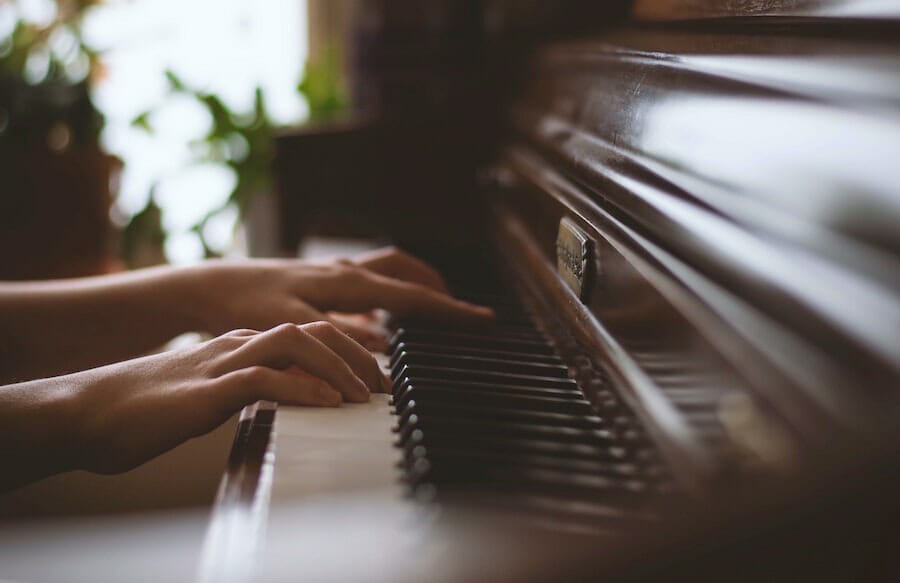
The lockdowns of 2020-21 created a number of phenomenons. Among them was a call to pick up a new hobby or skill, with learning to play an instrument topping the list for many individuals and households. One of the more popular choices was the piano, so don’t be surprised to see this genre have an even greater impact on the music scene in a few short years. But amidst this adoption comes an unexpected side effect – chronic pain. Whether you’re just getting started or you’re a tenured pianist pain management and prevention becomes important. In the same manner that an athlete should see a physiotherapist to fine tune their skills and biomechanics so too must a pianist. Here’s what you need to know.
Why Pianists Should Make Physiotherapy a Part of Their Health and Wellness Regime
Defense Against Common Pianist Injuries
From a layman’s perspective, the expected parts of the body that are employed when playing the piano include the following:
- Hands
- Fingers
- Arms
However, the body is much more interconnected than many understand. It’s important to recognize that the following parts also play important roles in your performance:
- Back
- Neck
- Shoulders
- Legs
- Hips
As you can see, every part of your body is employed when playing, even if in varying capacities. Most of the injuries are due to overuse. An overuse injury is any type of muscle, tendon, or joint injury (i.e. tendinitis or a stress fracture) that’s caused by repetitive trauma. It typically stems from errors in body positioning and form which often occur when you take on too much of an activity too quickly. Those who practice the piano day after day and/or for hours on end are at great risk of an overuse injury. The most common overuse injuries and pains experienced by a pianist include the following:
- Carpal tunnel syndrome (pain in the hand and wrist)
- Neck pain
- Lower back pain
Carpal tunnel syndrome (CTS) is indeed the most common and can become serious problem for piano players. The weakness, numbness, tingling, and pain in the hands caused by CTS can severely limit performance and outright end one’s aspirations as a pianist.
By integrating physiotherapy into your regime, you not only protect against neck pain and back pain (through a clinic’s chiropractor) you have a weapon against CTS. For instance, physiotherapy-prescribed laser therapy can significantly enhance soft tissue repair for CTS. Intramuscular stimulation (IMS) which is also known as dry needling can also be used to combat this common pianist problem. The same is true of petrissage massage, which is also a technique employed at some full-service physiotherapy clinics.
Pianist Injury Prevention
Prevent your first or yet another injury from occurring through physiotherapy. As mentioned above, pianist overuse injuries typically occur because improper form may have been employed when sitting at the piano from the very beginning. If this persists, so will the impending threat of injury. A physiotherapist will analyze your seated (at a piano) form, and analyze how your body moves as you play. This will help them identify risk areas, and more importantly can instruct you how to sit and move to keep injuries (overuse and other) from occurring. Just as importantly, a physiotherapist will preside a regime of hand, arm, and full body stretches to perform as a warm-up, cool down, and to practice on your “off days” as well. Collectively this will improve your core strength and also ensure that your small tissues and tendons are not compromised when tickling the ivory keys.
If you’re located in the Greater Vancouver area please do yourself a huge favor and schedule a consultation at our Burnaby physiotherapy clinic.
